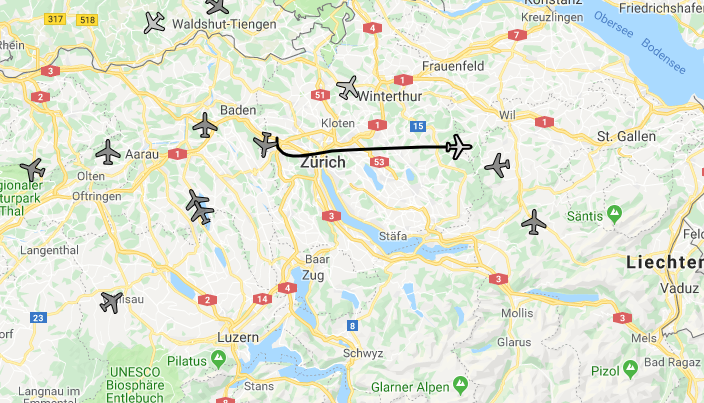
Open a terminal session on your usual computer and run the following to access your Raspberry Pi computer via SSH: $ ssh first time you do this you will be asked to confirm the connection. SSH, or Secure Shell, is a network communication protocol that enables two computers to communicate. Your Raspberry Pi will now boot for the first time and will connect to your Wi-Fi network automatically, as we have already given it all the credentials it needs. Insert your microSD card into your Raspberry Pi and connect it to power. MacOS desktop environment Connect to your Raspberry Pi via SSH We’re going to be accessing and controlling the Raspberry Pi via Wi-Fi from this computer, so there is no need for an additional keyboard, mouse, and display to be attached to your Raspberry Pi: this is called a headless setup.ĭownload a pre-prepared Raspberry Pi operating system image from by clicking on the blue “Download Pi24” button: We’ll refer to this as “your usual computer”, to distinguish it from the Raspberry Pi computer that you are setting up for our flight tracker. For the initial setup, you’ll also need:Īnother computer connected to your network. Don’t be tempted to use an old spare phone charger you may have lying around, as it may not provide sufficiently reliable power.įor the USB ADS-B receiver you can buy any RTL2832/R820T2-based USB dongle that’s available to you locally or from your favourite online retailer. We recommend the official USB-C and micro USB power supplies, as they are designed to provide a consistent +5.1V with captive (that is, attached) USB cables. Projects like these are often left powered for long periods of time, so it’s important to have a good quality power supply for your Raspberry Pi. Raspberry Pi 4 models will require a USB-C power supply.

For this tutorial, we’ll be using a Raspberry Pi 3 Model A+, so we will need a micro USB power supply. This project will work on any Raspberry Pi Model 3 or newer. Raspberry Pi 3 Model A+ case (optional but recommended)Ĭhoosing the right Raspberry Pi and accessories.USB ADS-B receiver dongle (we used this NESDR Mini (TV28T v2) USB RTL-SDR, DVB-T & ADS-B Receiver Set).microSD card (you may also need an SD card adapter, for setup).In other words, this is plane spotting - on steroids. This network, together with government air traffic control and other data sources, is how Flightradar24 is able to track aircraft around the globe. We’re also going to team up with other SDR and aviation enthusiasts and contribute to Flightradar24, who operate the world’s largest network of ADS-B/Mode S receivers. Raspberry Pi 3 Model A+ is perfect for this project as it has a single USB A port, which is all we need, and our very best on-board Wi-Fi. Listening in to these signals provides a fascinating insight into a world we all take for granted. These avionic systems provide information to identify aircraft, as well as their barometric altitude, to the Air Traffic Control (ATC) systems on the ground and to the Traffic Collision Avoidance Systems (TCAS) on other aircraft. This tutorial will focus on the information transmitted by the transponders installed on aircraft flying overhead using Automatic Dependent Surveillance – Broadcast (ADS-B). An SDR is essentially a radio wave receiver that can pick up signals from a variety of frequencies, such as digital television and AM, FM and DAB radio broadcasts.
#Airplane tracker software#
You can create all kinds of fun projects when you pair a Raspberry Pi with a low-cost USB Software Defined Radio (SDR).


 0 kommentar(er)
0 kommentar(er)
